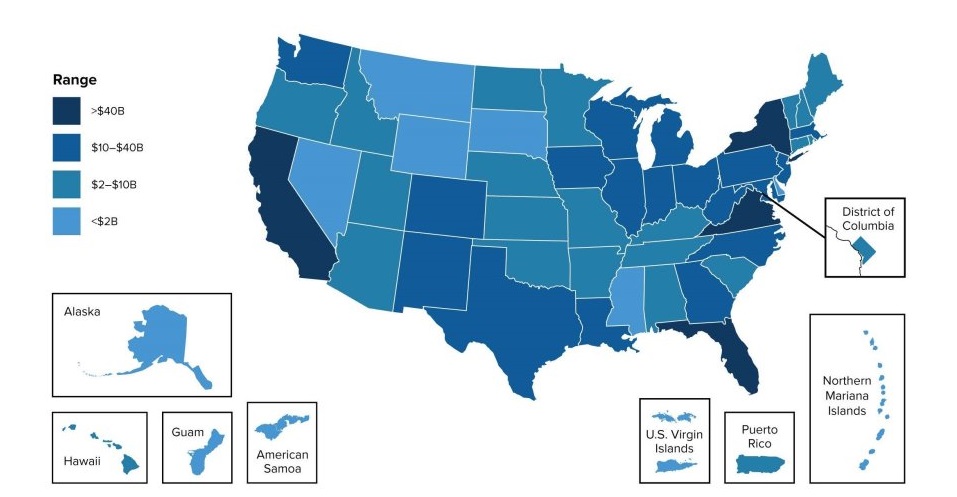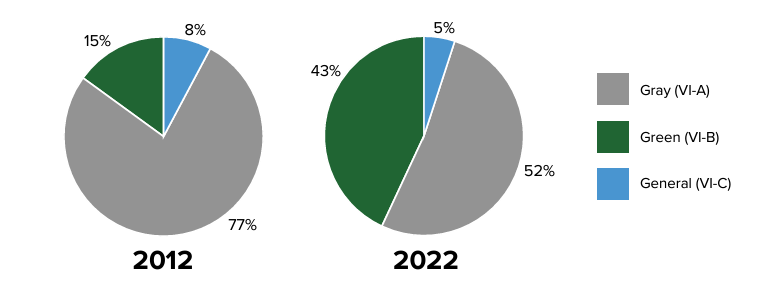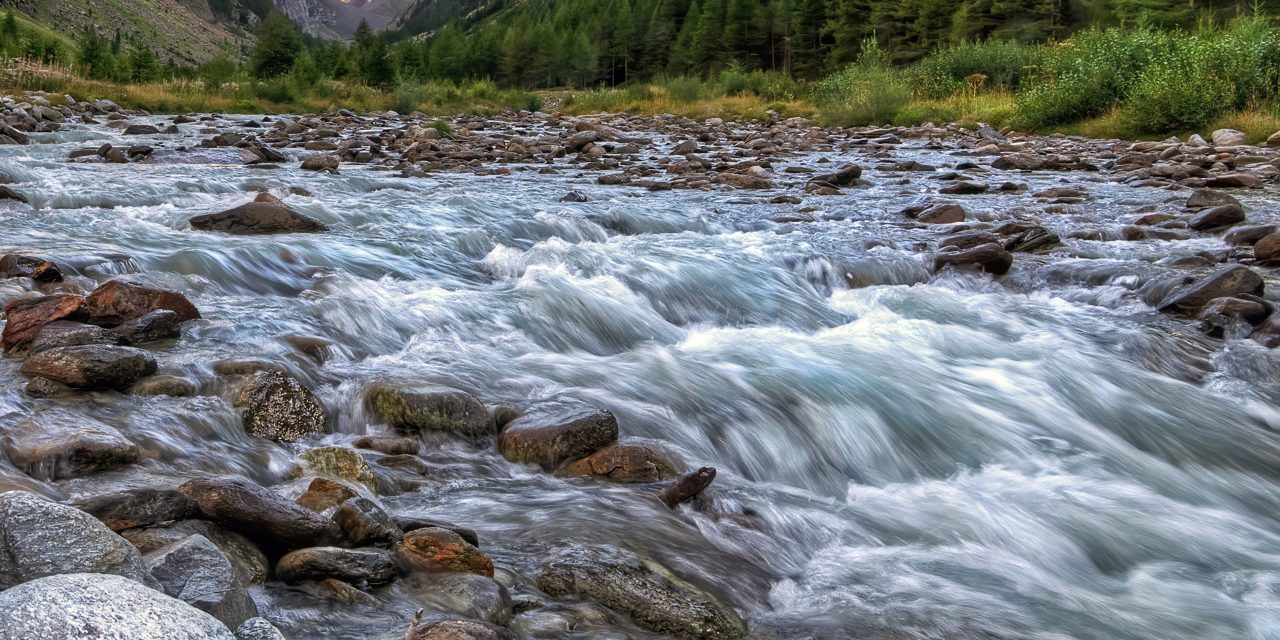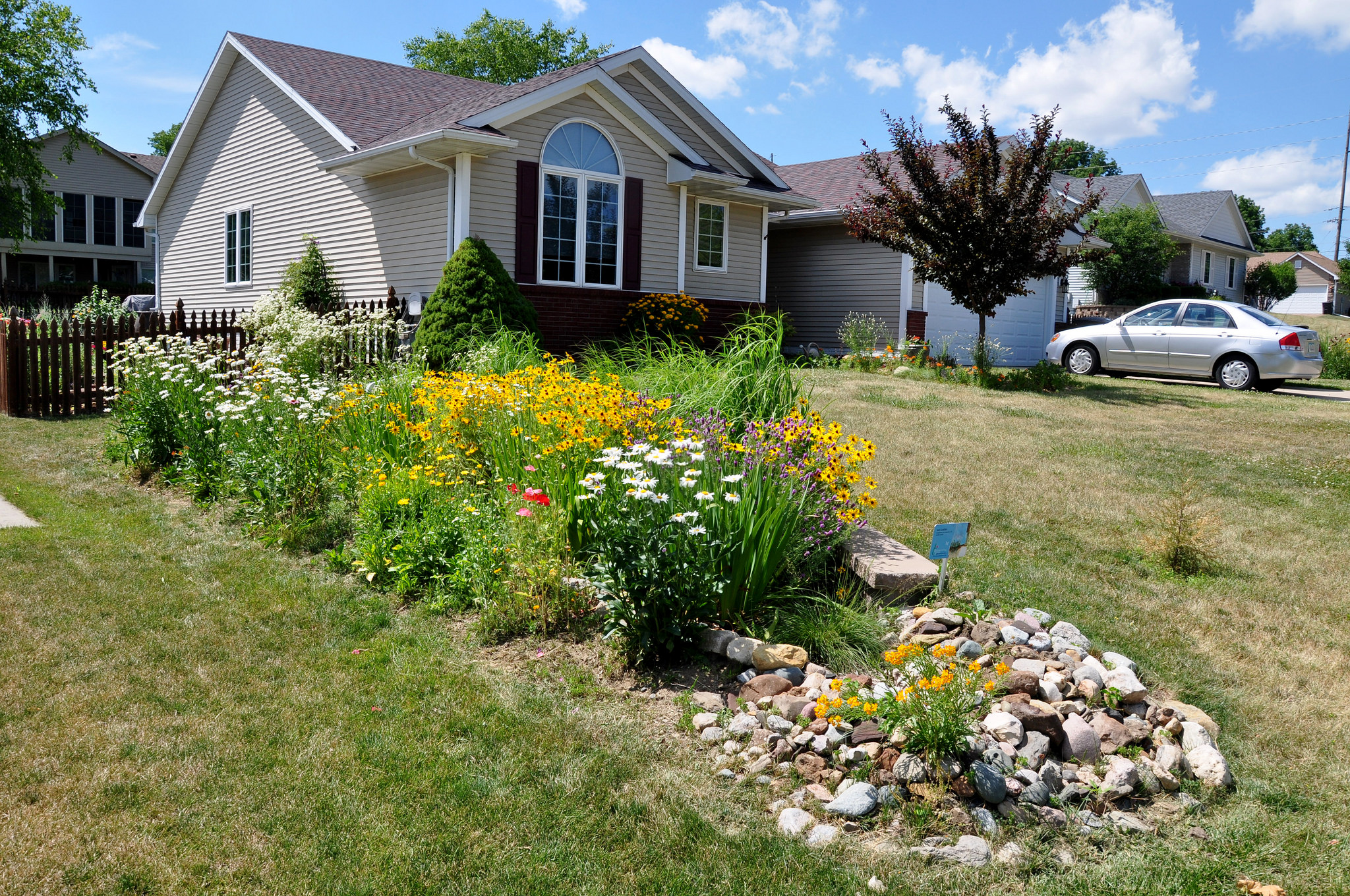The U.S. water sector will require more than USD $630 billion over the next 20 years in order to keep pace with population growth, aging infrastructure, the effects of climate change, and accomplish the goals of the Clean Water Act.
That figure — which includes solely capital expenditures and does not cover costs associated with operations and maintenance — results from the most recent U.S. Environmental Protection Agency (EPA) Clean Watersheds Needs Survey (CWNS). This edition of the CWNS polled more than 17,500 publicly owned treatment providers across all U.S. states and territories about their financial needs to address existing and anticipated water quality problems. While EPA normally conducts the survey every 4 years, this is the first CWNS installment since 2012, as well as the first to collect and report data associated with nonpoint source control and decentralized treatment systems in addition to traditional wastewater and stormwater treatment.
CWNS results, which were reported to U.S. Congress on May 13, provide pivotal information during the federal budgeting process that helps legislators prioritize funding decisions for water infrastructure. They also help guide academic research and inform state- and local-level infrastructure programs. Andy Sauer, Chair of the Stormwater Community Policy, Governance, and Regulation Focus Group for the Water Environment Federation (Alexandria, Virginia) as well as Green Infrastructure and Stormwater Manager for Burns & McDonnell (Kansas City, Missouri), described CWNS as a crucial source of hard data with the potential to build enduring support for infrastructure that protects both people and the planet.
“The short version is we need the federal government to be informed about our financial needs so we at least maintain funding levels or increase them,” Sauer said. “Since the 1970s, federal funding for clean water infrastructure has continued to decline, putting existing systems in danger of failing, increasing the risk to the public, and leaving us unprepared for changes in rainfall volume and intensity.”
Stormwater Needs Skyrocket
Reported needs for stormwater management rose dramatically since the previous CWNS survey, totaling USD $115.3 billion sectorwide — a 385% increase compared to 2012 results.

While survey administrators at EPA described this increase as “incredible” during a May 30 webinar about the results, they added that a rise of this magnitude was not unexpected. The latest survey attracted far more participation than the 2012 survey, particularly from stormwater professionals. Elisabeth Schlaudt, a CWNS Co-Coordinator working in EPA’s Office of Wastewater Management, said stormwater issues have become far more prominent and pressing within the last decade, prompting agencies to pursue stormwater-focused capital projects at an unprecedented rate. She also noted that local legislation in many cities and states has strengthened stormwater management requirements and that EPA’s National Pollutant Discharge Elimination System standards also have become more stringent.
“We think that had a huge hand in this increase,” Schlaudt said. “Of course, we also have the impacts of increasing frequency and intensity of storm events caused by climate change, and that also is going to continue to have an impact on stormwater needs as well.”
Nearly 7,000 municipal separate storm sewer system (MS4) permittees of all sizes reported needs for this edition of the survey. Results indicated that stormwater-based needs were highly concentrated, with just three U.S. states — Virginia, California, and Florida — reporting roughly half of total stormwater needs nationwide. Nutrient-reduction projects in the Chesapeake Bay represented the largest single stormwater-based need, requiring approximately USD $32 billion in investments over the next 20 years.
Stormwater-based needs fell into one of three distinct categories: Planning, design, and construction of green infrastructure; planning, design, and construction of gray infrastructure; as well as “general” stormwater management, consisting of programmatic, outreach, and administrative expenses, geographic information systems and tracking capabilities, and such equipment as street sweepers and vacuum trucks.
Needs associated with green infrastructure experienced the most dramatic increase since 2012, growing from 15% to 43% of total stormwater needs. This reflects a growing emphasis on nature-based solutions to satisfy regulations and permit requirements, Sauer explained.
“I think more communities are seeing the need to manage stormwater more as a resource and not always as a waste,” Sauer said. “Therefore, many communities are implementing green infrastructure as part of sustainability initiatives to be more resilient and adaptable to climate changes. Managing stormwater closer to the source of runoff increases the functionality of existing systems while providing additional benefits, so I think the need for green infrastructure is going to continue to grow.”
While financial needs generally grew across the board since 2012, results also underscored notable improvements in some areas. One example is the needs associated with mitigating combined sewer overflows (CSOs), which decreased by 39% since the previous survey. This stemmed mainly from the rise of integrated planning, smart-sewer technology, and extensive CSO-avoidance investments by communities served by combined sewers, according to CWNS results.
New Focus on Nonpoint Source Control
Nonpoint source control — such as moderating pollutants from agricultural and pastoral runoff — is perhaps just as consequential as centralized infrastructure in curtailing stormwater-entrained pollutants. For that reason, the latest CWNS explored needs associated with 11 subcategories of nonpoint source control, assessing the total need for these projects at USD $94.4 billion.
EPA representatives note that this figure likely is conservative. The nature of nonpoint source control projects makes it difficult to quantify their potential costs, and the formal study of tactics to control nonpoint pollution sources still is in its infancy in many states, results suggest.

“We 100% think that nonpoint source control needs are significantly underreported, and this is mainly due to the fact that there just isn’t what we call the ‘data infrastructure’ out there yet,” Schlaudt said. “States don’t have the information to say how much it would cost to address nonpoint source projects because there’s no one tracking it or no one’s trying to estimate the dollar amount. You don’t know what you don’t know. Whether the CWNS is the best vehicle for understanding the nation’s nonpoint source needs remains to be seen.”
Sauer notes that the combined need for stormwater and nonpoint source control — USD $209.7 billion — now significantly trumps reported needs for repair and construction of collection systems, reflecting greater momentum in the water sector toward source control and proactive stormwater management.
The 2021 Infrastructure Investment and Jobs Act provided the funding necessary for EPA to carry out the most recent CWNS, breaking a decade-long lapse in survey updates. However, EPA staff report confidence that the survey will return to its typical frequency now that momentum behind its administration has grown.
“Now that we have this infrastructure in place, we are very much hopeful that we will be back on a regular schedule,” said CWNS Co-Coordinator Joshua Klein, also with EPA’s Office of Wastewater Management, during the webinar. “We now have a really great platform to work from for the next survey to make sure that we are capturing as much of the need as we possibly can.”
Top image courtesy of Sergio Cerrato/Pixabay

ABOUT THE AUTHOR
Justin Jacques is editor of Stormwater Report and a staff member of the Water Environment Federation (WEF). In addition to writing for WEF’s online publications, he also contributes to Water Environment & Technology magazine. Contact him at jjacques@wef.org.





